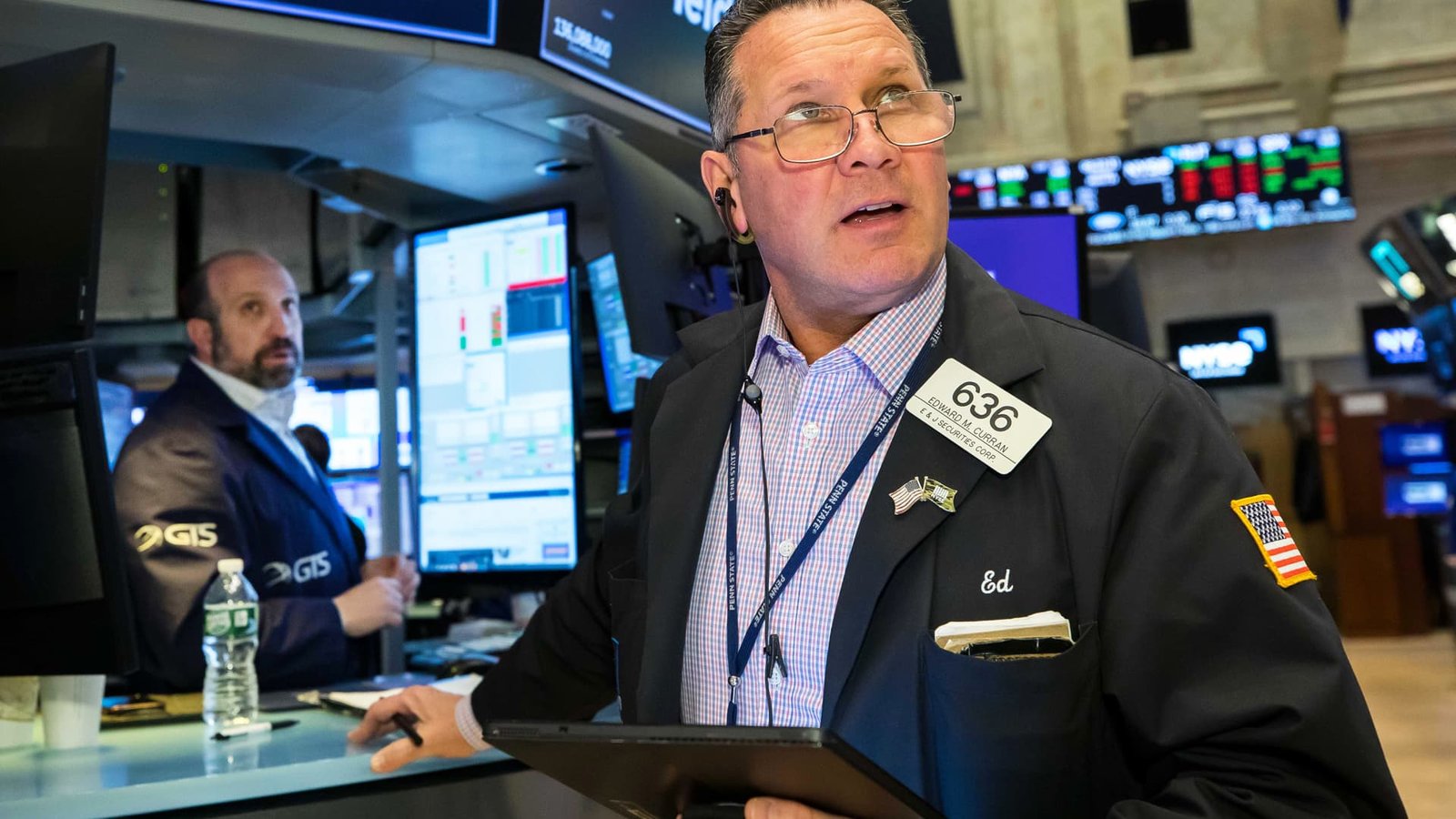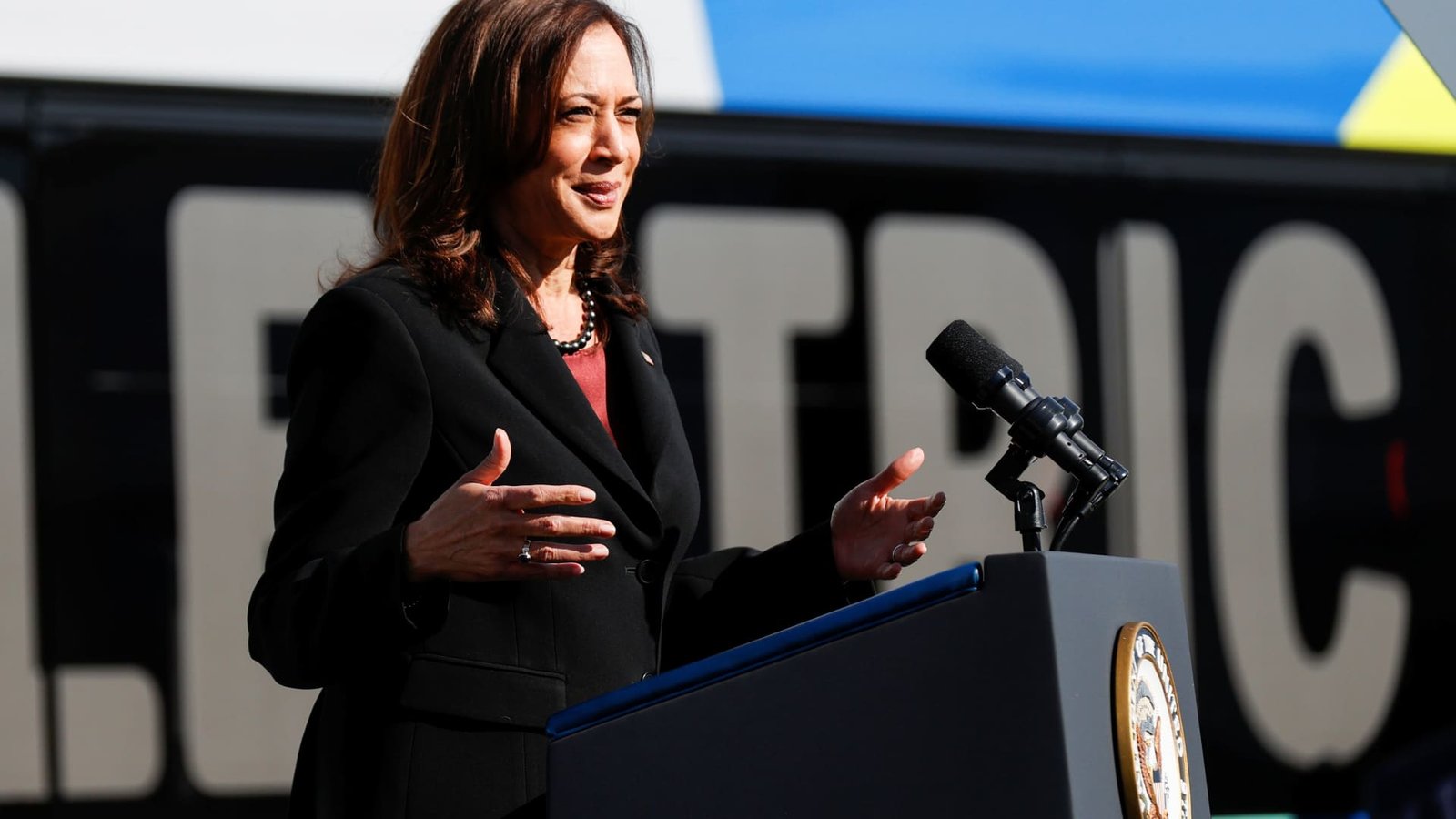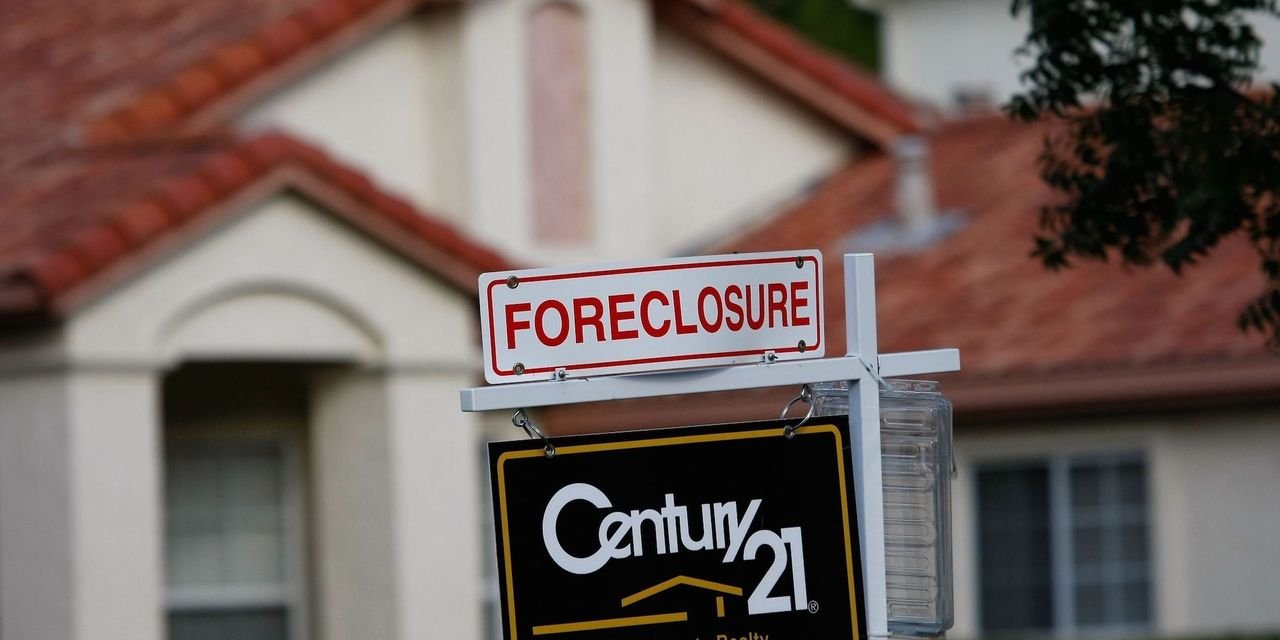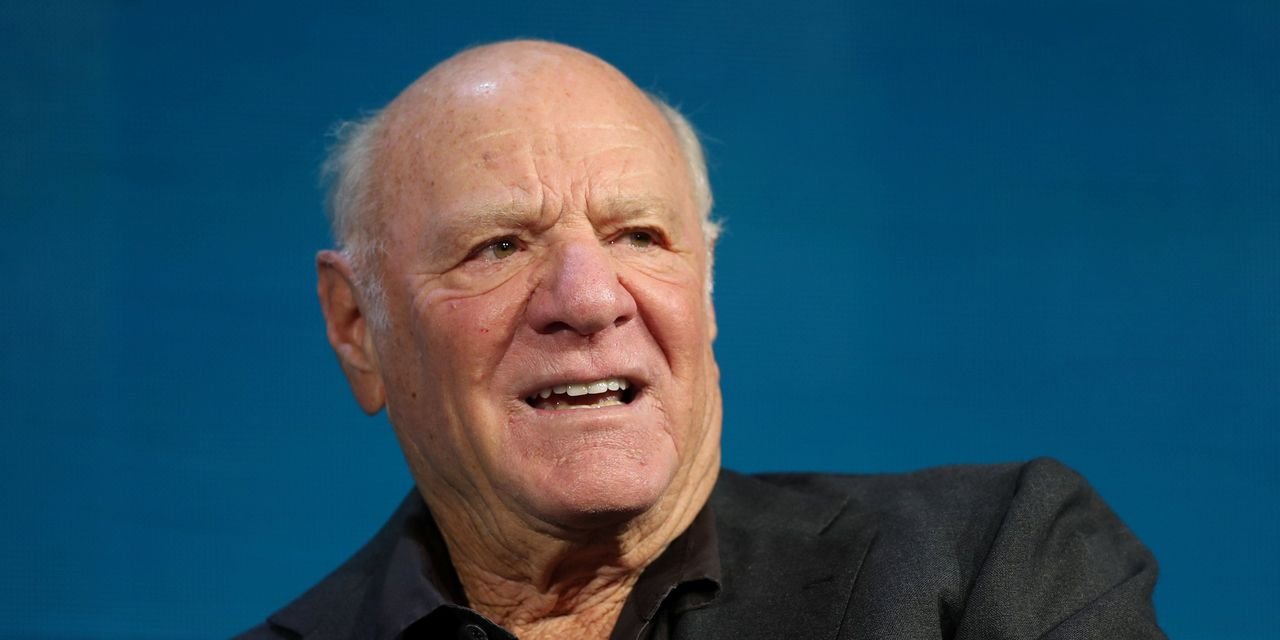Rarely has there been such a pronounced divergence in opinion about the Federal Reserve’s strategy as there is now, after the central bank tightened its monetary policy and updated its stale economic projections from late last year.
As expected, the Federal Open Market Committee raised its federal-funds rate target range this past week by one-quarter of a percentage point, to 0.25%-0.50%. At the same time, the policy-setting panel unveiled a Summary of Economic Projections with sharply higher inflation and fed-funds expectations and significantly lower anticipated economic growth for 2022 than had been predicted in the previous SEP, released in December, when Omicron rather than Ukraine topped the list of worries. But there was no change in the economy’s anticipated glide path in the next two years.
The FOMC foresees inflation drifting lower—without any harm to gross domestic product or unemployment. It anticipates inflation of 2.7% in 2023 and 2.3% in 2024, up from 2.3% and 2.1%, respectively, in the December outlook, and close to the Fed’s 2% longer-run target. That also would be down from an anticipated 4.3% for 2022 and still be a vast improvement from the 5.4% rise in the personal-consumption expenditures deflator—the Fed’s preferred inflation gauge—in the 12 months through January. (The PCE’s number is significantly lower than the more widely followed consumer price index, which was running at a four-decade high of 7.9% in its latest reading.)
The projection for unemployment was unchanged, at 3.5% this year, while the 2024 jobless rate projection was raised by an insignificant 0.1 of a percentage point, to 3.6%.
The median projection for 2022 real gross domestic product growth was revised lower, to 2.8% from 4.0%, which essentially incorporates what’s already happened this year, while the GDP projections for 2023 and 2024 were unchanged from December’s, at 2.2% and 2.0%— despite the likelihood that the fed-funds rate will be tightened much more sharply than previously had been expected. By the end of 2021, the FOMC sees the median fed-funds rate at 1.9%, more than double the 0.9% anticipated three months ago. The median is now projected at 2.8% at the end of 2023 and 2024, up from 1.6% and 2.1%, respectively. Moreover, the FOMC’s forecasts for the end of the next two years are above its estimate of 2.4% for the longer-run fed-funds rate—an indication of a relatively tight policy.
Both hawks, who favor a tighter monetary policy, and doves, who want less restriction, call such anodyne economic outcomes improbable. “They might as well attach a bridge for sale” sign to those projections, scoffs Komal Sri-Kumar, president of Sri-Kumar Global Strategies.
To bring annual inflation down by four percentage points from its current pace by the end of 2022 would require a much more severe tightening than the six additional quarter-point hikes anticipated by the Fed (to 1.75%-2% by December), adds Joseph Carson, former chief economist at AllianceBernstein. The market for Treasury inflation-protected securities sees inflation running far above the Fed’s expectations over the next five years, at about 3.5%—the highest since January 2003—according to St. Louis Fed data.
Simona Mocuta, chief economist at State Street Global Advisors, says that the tightening path outlined by the Fed risks triggering a recession in 2023 or 2024. If signs of economic weakness occur, she says the central bank is likely to raise rates fewer times than anticipated in the MS.
David Rosenberg, the eponym of Rosenberg Research, pointedly warns that Fed tightening cycles historically have had a 75% chance of triggering a recession. “The Fed has never tightened into such a maelstrom before—a shooting war, a pandemic, a weak and wobbly stock market, and an incredibly flat yield,” he wrote in a client note after Wednesday’s FOMC announcement.
Not surprisingly, Fed boss Jerome Powell sees the outlook far more benignly. He characterized the US economy as incredibly strong, marked by a robust labor market with 1.7 job openings for each unemployed person. The FOMC will look at economic data at each of the coming meetings, and if the numbers indicate the panel should move more quickly, it will do so.
Powell added that the other component of policy tightening, the runoff of the Fed’s balance sheet (which drains liquidity), would be equivalent to another fed-funds rate hike. That part of the policy adjustment could be announced at the May 3-4 FOMC meeting.
Mocuta thinks the Fed will remain nimble and flexible to tweak policy if signs of a slowdown appear, which she says is possible by the third quarter. With the Fed prioritizing trimming inflation, she thinks GDP growth could weaken to around 1% next year, with about a 30% chance of a technical recession.
Rosenberg puts the recession probability at 100% if the yield curve inverts, with the two-year Treasury’s yield exceeding the benchmark 10-year note’s. As the Treasury market has begun to discount the much-anticipated rate hikes, the spread has shrunk to about 0.25 of a percentage point—just where it stood in early March 2020, at the beginning of the pandemic. The only way to bring down the current inflation from supply-chain problems and soaring commodity prices, exacerbated by Russia’s war on Ukraine, is “to crush demand,” he argues in a client note. On that score, a poll of Deutsche Bank clients published Friday puts the probability of a 2023 recession at 44%, up sharply from 29% a month earlier.
What will make fighting inflation harder now, Sri-Kumar tells Barron’s, is that price pressures are shifting from goods to services, especially rents. Between conventional rents and “owners’ equivalent rents” (the cockeyed estimate of what homeowners would pay to rent their own houses), they account for about 35% of inflation. Evercore ISI’s own surveys of rents and home prices indicate that inflation is unlikely to slow as much as the central bank expects.
To reduce inflation by as much as the Fed foresees would require the draconian policies enacted a generation ago under Paul Volcker, who jacked up interest rates to nearly 20% to crush the record inflation of the late 1970s and early 1980s, Sri-Kumar contends. Rosenberg observes that Powell has called Volcker the greatest public servant of that era, which was marked by back-to-back recessions in 1980 and 1981-82.
Indeed, declines in inflation of the magnitude seen by the Fed have come only from dramatic tightening of monetary policy, as seen in 1980 and 1981, in 1974-75, and after a financial crisis as in 2008-09, adds Carson. The anticipated cumulative fed-funds rate hikes of 1.75 percentage points won’t produce the sharp easing in inflation that the monetary authorities project, given the tight labor market.
That could bring a return of the bond vigilantes and yields racing higher to 3% and approaching 4% as the Fed shrinks its balance sheet, Carson writes in an email. If there is a recession in 2023, he contends, it will result from falling asset markets hitting the real economy, as occurred after the bursting of the dot-com bubble in 2000 and the housing bubble in 2006-07. Sri-Kumar expects Powell to pivot, however, as he did in late 2018 and early 2019, after a series of Fed rate hikes and balance-sheet reductions brought stocks to the edge of a bear market. But that would leave the Fed’s inflation fight short of “Mission Accomplished.”
If there’s one thing these economists do agree on, it’s that the Fed is unlikely to be able to engineer a soft landing, reducing inflation from the current four-decade high without increasing unemployment or starting a recession. As the old saying on Wall Street goes, the four most dangerous words for investors are: “This time it’s different.” It probably won’t be.
Corrections & Amplifications
Simona Mocuta is the chief economist at State Street Global Advisors. An earlier version of this column misspelled her last name.
Write to Randall W. Forsyth at randall.forsyth@barrons.com
.




























































































































































































































































0